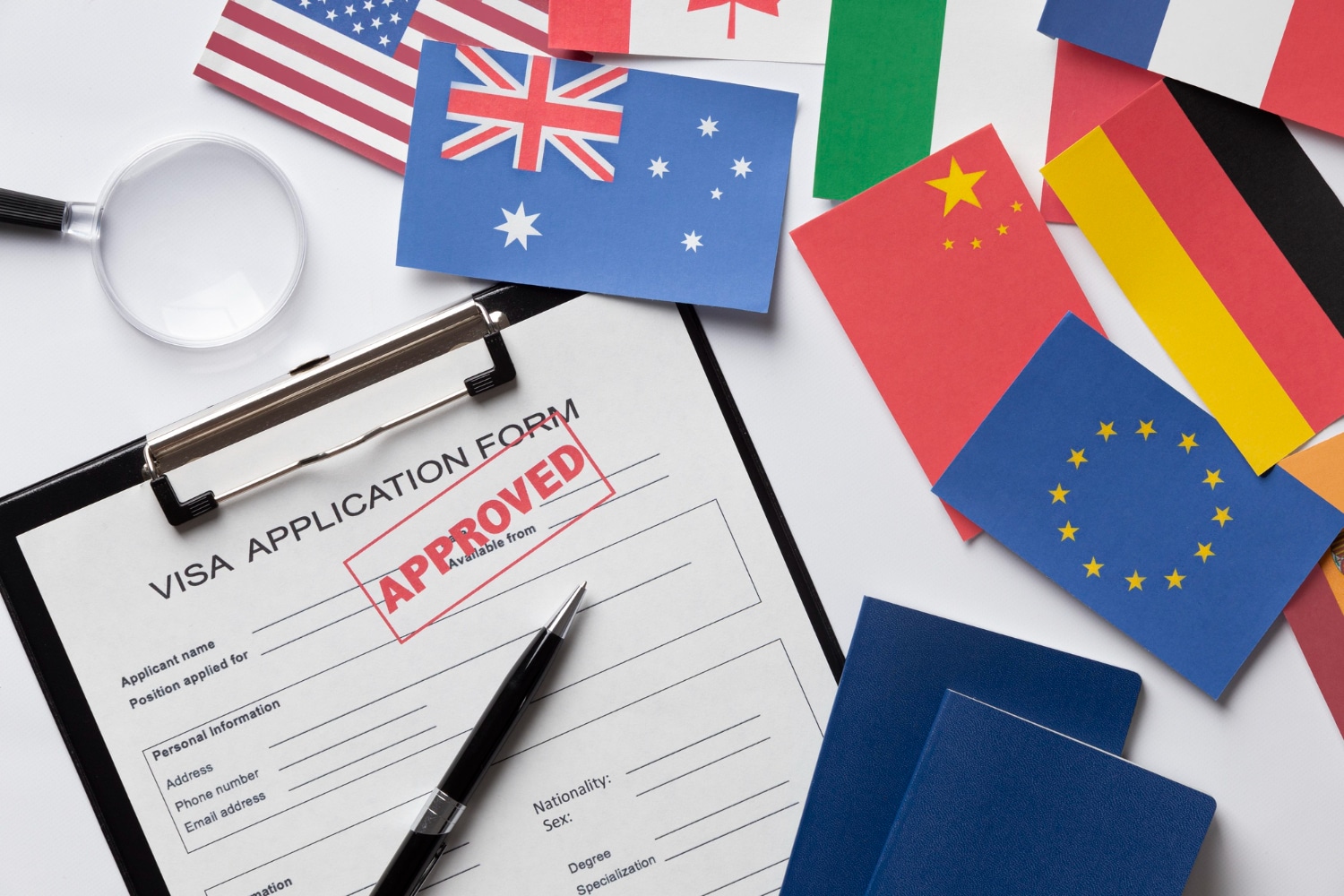California Immigration Bail Bonds: 5 Frequently Asked Questions
The Immigration and Customs Enforcement (ICE) team arrests individuals for illegal immigration or cross-border crimes. More than 27000 people are in ICE detention across the US, out of which around 1775 are in California. This state has the third-highest number of ICE detainees after Texas and Louisiana. If your loved one is one of the people detained by ICE, you need to arrange for an immigration bond. Immigration bonds in California can facilitate the detainee’s release while they wait for trial before the Immigration Court. Wondering what immigration bonds are and how they work? Here, we will answer the five most frequently asked questions on this topic to simplify it for you!
1. What is the purpose of an Immigration Bond?
ICE works under the Department of Homeland Security (DHS), arresting non-citizens for violating immigration rules. The officials may detain people suspected of cross-border crimes, undocumented entry, or staying in the US after visa expiration. After the arrest, a person is taken into an ICE detention facility. The detainee has to provide an immigration bond to secure release from the detention center. It is a monetary deposit to assure the authorities that the detainee will attend Immigration Court hearings and adhere to the legal stipulations.
2. Who is eligible for Immigration Bonds?
Detainees are eligible for immigration bail bonds in California if they meet the following criteria:
- The detainee cannot have any serious criminal record.
- They must not pose a threat to the safety of the local community.
- They must not be likely to flee or evade their Court hearings.
3. How can one pay for the Immigration Bond?
Once the ICE officials or the Immigration Judge determines the bond amount, the detainee’s friends and family can initiate the payment process. Any person with legal rights to be in the US can make the payment at an ICE-ERO Bond Acceptance Facility. In California, these facilities are located in Los Angeles, San Diego, Calexico, El Centro, Sacramento, Bakersfield, and San Francisco. However, this process is usually very cumbersome and time-consuming. Therefore, most people take the help of licensed immigration bail bond companies to make this payment.
An immigration bail bond company can help you locate the detainee and fast-track the bond process. They can get in touch with the nearest payment acceptance facility and make the payment through electronic transfer. As a result, they can expedite the process and facilitate quick release for your loved one.
4. How does one pay the immigration bail bond company?
Typically, there are two ways to pay the service provider. You may provide full cash collateral with the application fee and a small percentage of the bond amount as a premium. If you do not have the requisite cash, the bond company may place a lien on your property asset as security for this transaction. You have to pay a slightly higher premium for the asset collateral option to compensate for the agent’s risks and efforts.
5. Does the client get back the bond amount at the end of the case?
The client party can get a refund of the cash collateral if the case ends without any bond violation. However, the company retains the premium as a fee for their service. In the case of asset collateral, the client does not get a refund after the case ends. However, if a detainee’s loved ones pay the bond amount directly to ICE, they can get a full refund provided all bond terms are followed.
If your loved one is detained by ICE, you can contact us at Amistad. We provide nationwide US immigration bonds and facilitate quick release for our clients.

